
Today, we are talking about the BioReact 90 bioreactor built by Octo, a Singaporean manufacturer better known as Reef Octopus.
Octo, Reef Octopus, is a company that is very well known for their fantastic pumps, as well as for their excellent skimmers. But we are going to show you one of their filters specifically for handling biopellets, a bio reactor.
There are 3 different bio reactors in Octo‘s offerings, which differ in size and therefore volume. We have the small BioReact 90, but there is also the BioReact 120 and the BioReact 150. The numbers refer to the diameter of the reactor. But the differences do not stop there; let’s look at the reference data sheets.
Octo Bio Reactor Data Sheet
| BioReact 90 | BioReact 120 | BioReact 150 | |
| Diameter | 90 mm | 120 mm | 150 mm |
| Height | 390 mm | 390 mm | 450 mm |
| Max filling volume | 0,4 L | 0,7 L | 2 L |
| Footprint | 120×100 mm | 140×130 mm | 185×160 mm |
| Used pump | AQ-800 | AQ-1200 | VarioS2 |
| Flow | 880 l/h | 1300 l/h | 3000 l/h |
| Consumption | 6 w | 10 w | 30 w |
| Pump head | 0,8 m | 1,1 m | 4 m |
Our video presentation of the Octo BioReact 90 Bio Reactor
From a construction point of view, it is a very simple object. The pump connects with a double o-ring to the support on which the bio reactor cylinder is glued. Technically, the water is pushed from the pump located under the reactor through the diffuser, which allows the water to pass through small sloping slits, from here the water reaches the top of the filter and comes out overflowing.
As we have seen in other similar filters, it is an extremely quiet and very practical solution. We like it.
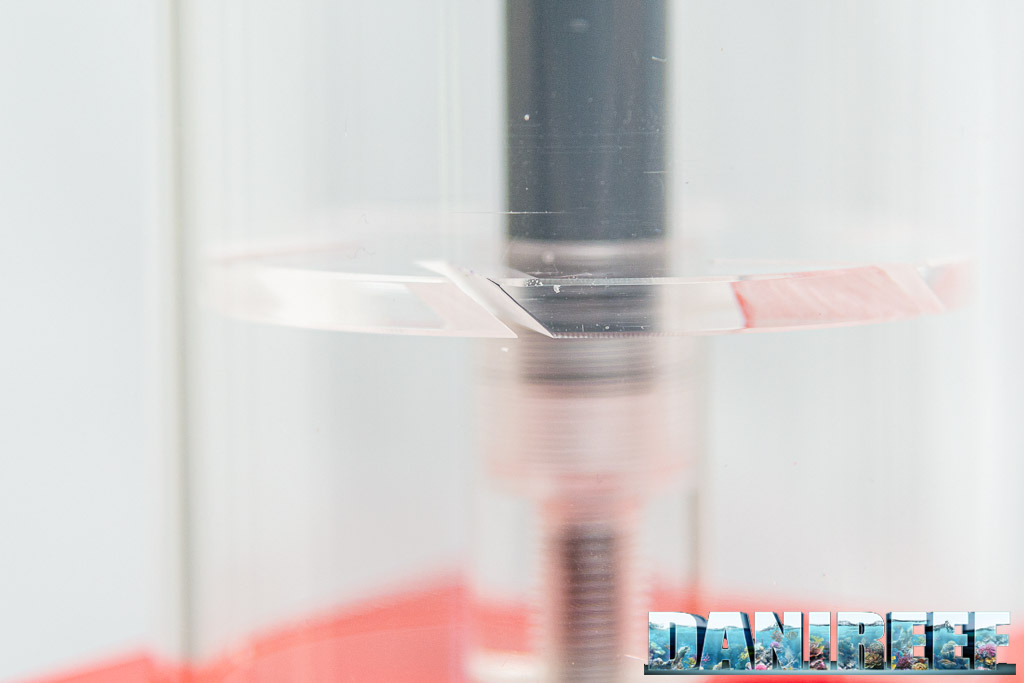
The diffuser does not allow a sponge to be used to hold the biopellets, but in this configuration this filter cannot be used as a fluidized bed. But just insert a simple sponge to use it as a fluidized bed as well.
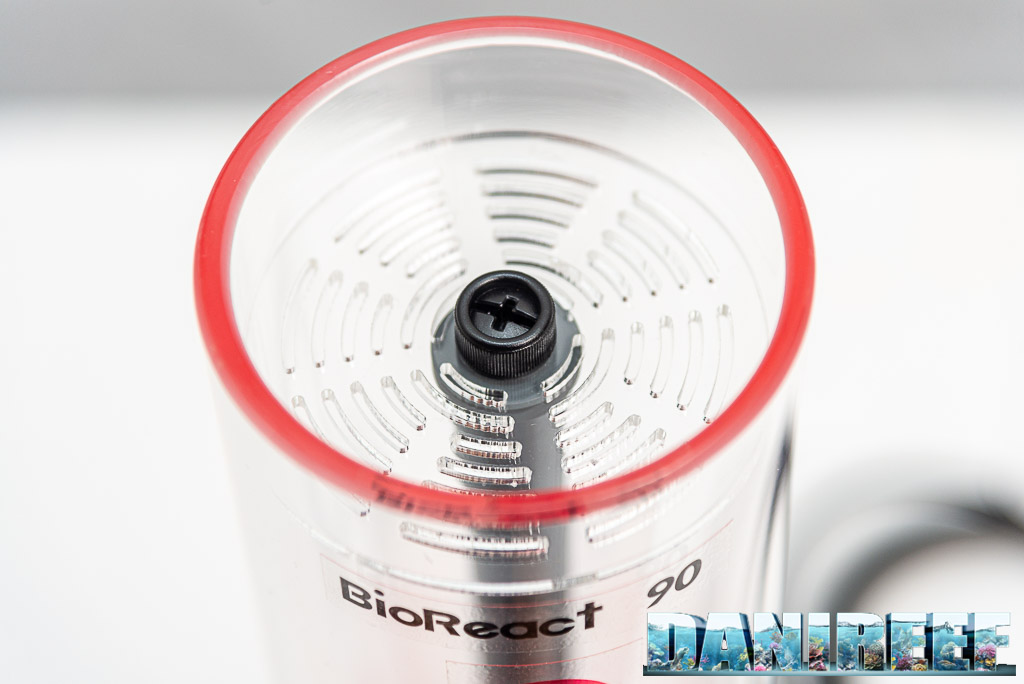
On the top we find a circular grid that allows water to flow out and blocks any biopellets that should float to the top. Again, to use it as a fluid bed, simply insert a sponge and then use it with any other type of resin as well.
Assembling and disassembling the bio reactor is super easy. There is a single upper screw that is easily unscrewed by hand, although with a screwdriver you would probably do it much faster since it has a very long stroke.
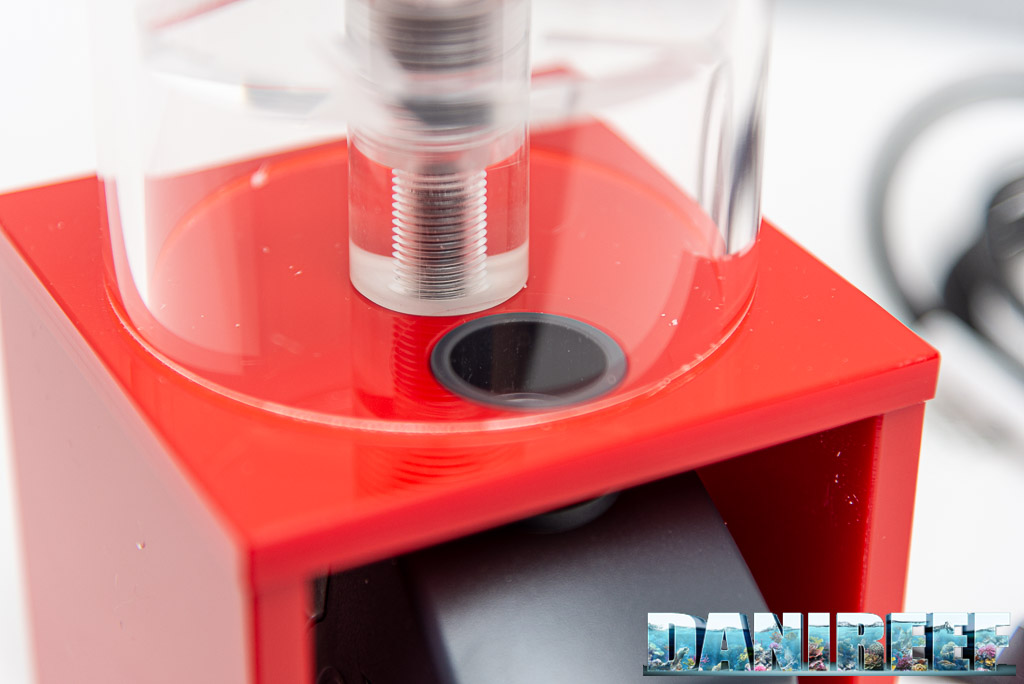
Once the screw is removed, the center pin is slipped out and that’s all there is, since the cylinder is glued to the base. At this point you just turn it upside down to throw away any remaining content, although with biopellets there is no such problem since they wear out on each other.
The pump: Octo AQ-800
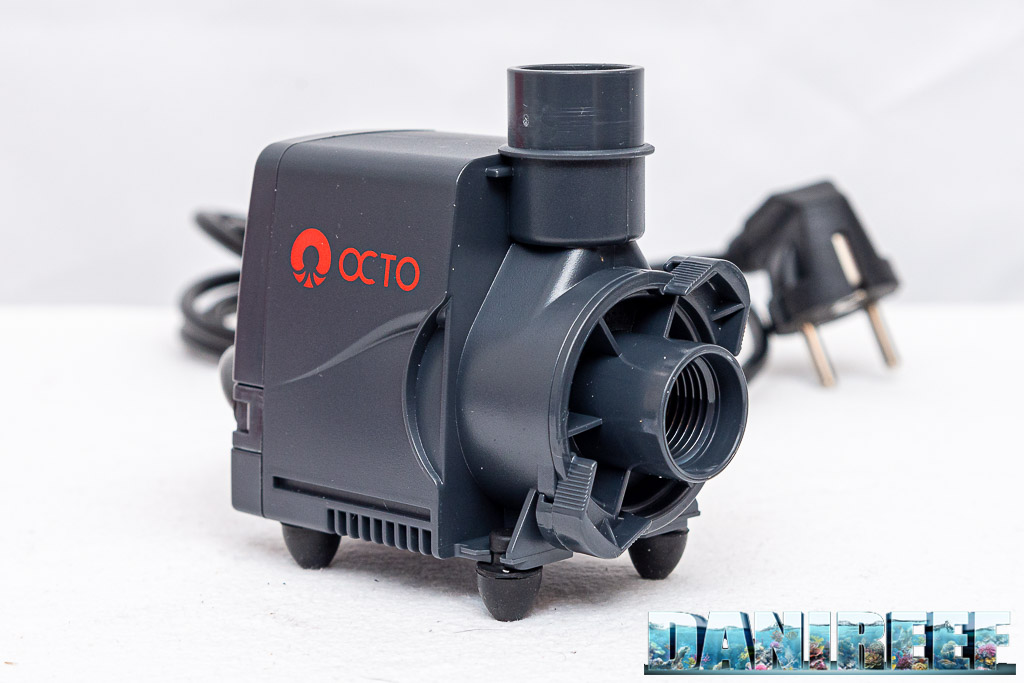
The supplied pump is the small Octo AQ-800, a pump with 880 l/h, 80 cm head and only 6 watts of consumption. To give you an idea, in one year it would cost you only 14 euros (at 0.27 euros per kwh). An adjustable pump with the ring nut placed on the suction that adjusts small slats clogging the suction slots.
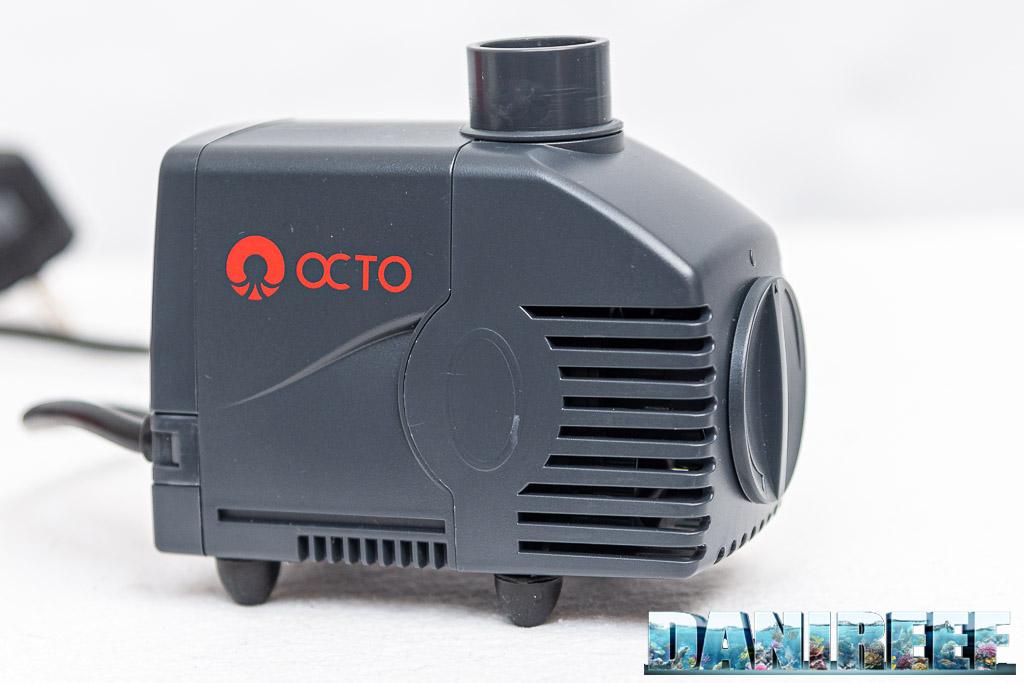
There are 4 rubber feet under the pump to dampen vibration making it extremely quiet.

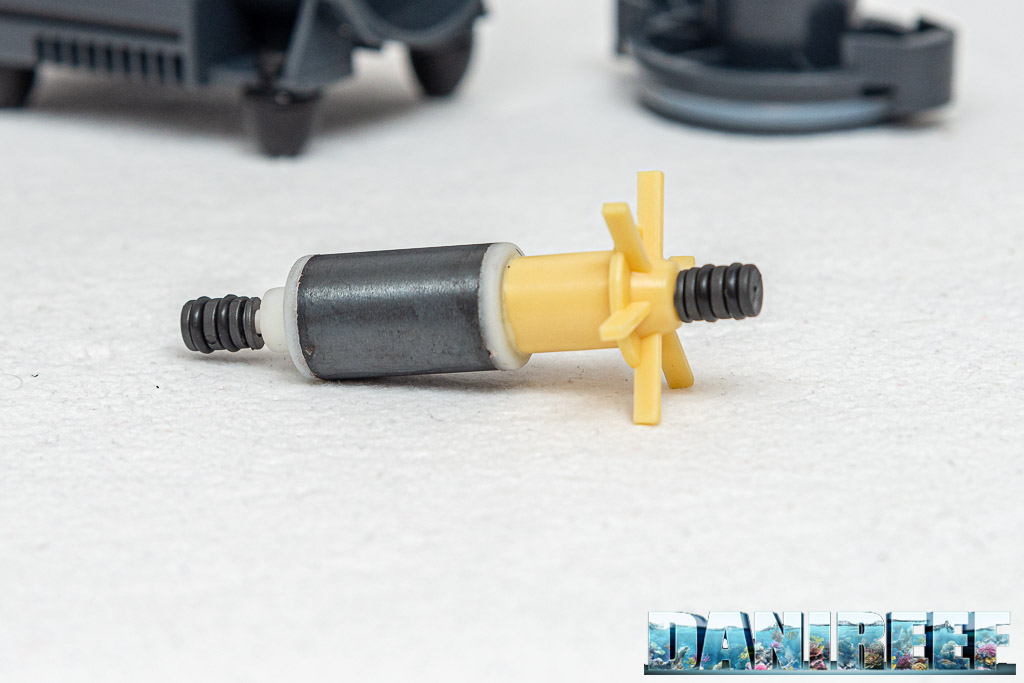
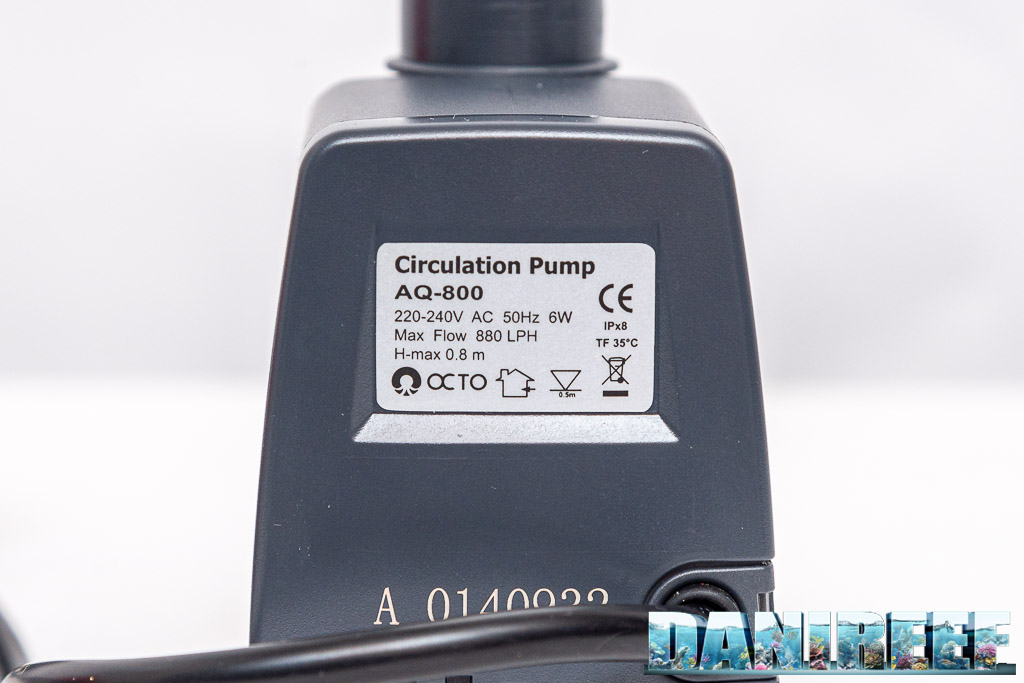
What biopellets are and how they work
Before we talk about our conclusions, let’s do a little background on biopellets, what they are and what they are used for. Biopellets, 100% pure and biodegradable PHA polymers, produce a source of solid carbon that can promote on its surface the rapid growth of beneficial bacteria that naturally reduce nitrate and phosphate levels in the aquarium.
Actually, to lower nitrate and phosphate levels in aquarium water, the bacteria must be eliminated either by skimming or mechanically (by physical elimination of the bacterial film reproduced on the biopellets, an operation that must clearly be done outside the tank) or they will release, by dying, their nitrate and phosphate content.

Biopellets in this, although not complete, but hopefully clear picture, fit in not only as a “support,” which zeolite also did (although here the reasoning would be a bit more complicated given its ability to adsorb ammonia), siporax, bioballs ect… all very porous supports that basically made available “niches” for bacteria to proliferate. This system, on the other hand, offers not only a physical support, but is a real food, understood as a source of organic carbon.
Conclusions
The Octo BioReact 90 Bio Reactor is an excellent biopellet reactor. Easy to maintain and with impeccable operating logic. The accompanying pump is excellent. In addition, with two small sponges it can also be used as a fluidized bed filter increasing the versatility of this filter. In addition to all this, it is a filter that, because of the way it is constructed, is extremely quiet.
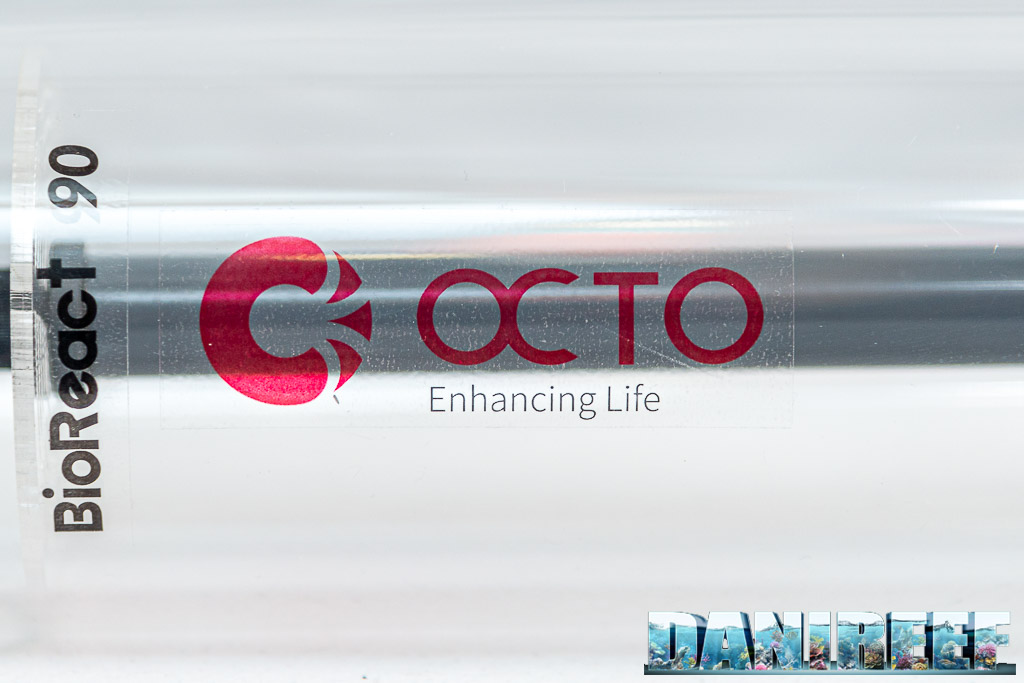
The only problem is that Octo is not currently imported to Italy, and this is a pity because we are talking about a smart and very well built object.
[Translated by Aisja Baglioni]










0 Comments